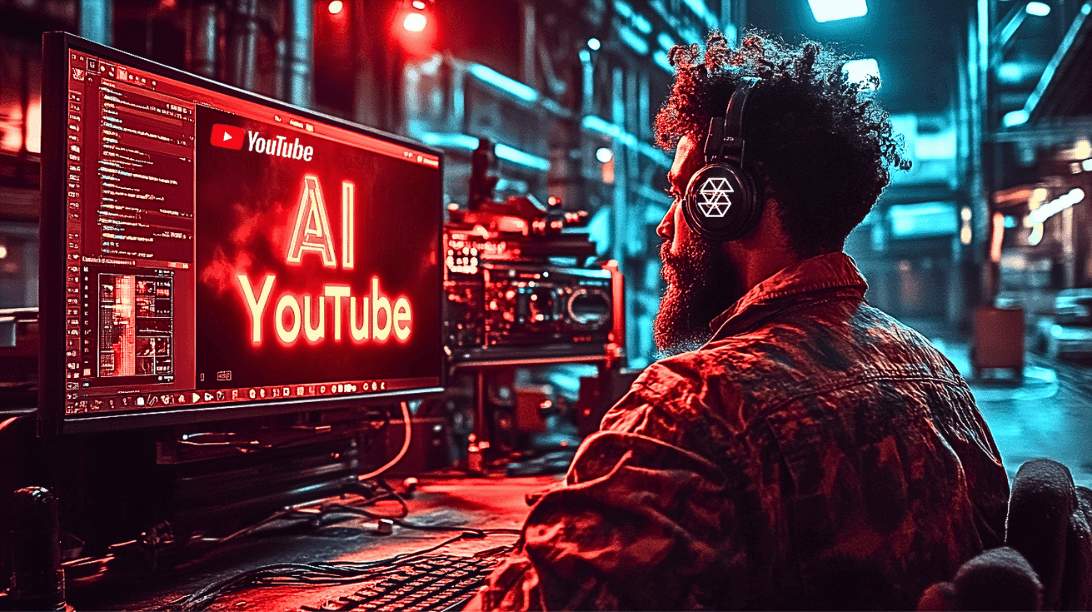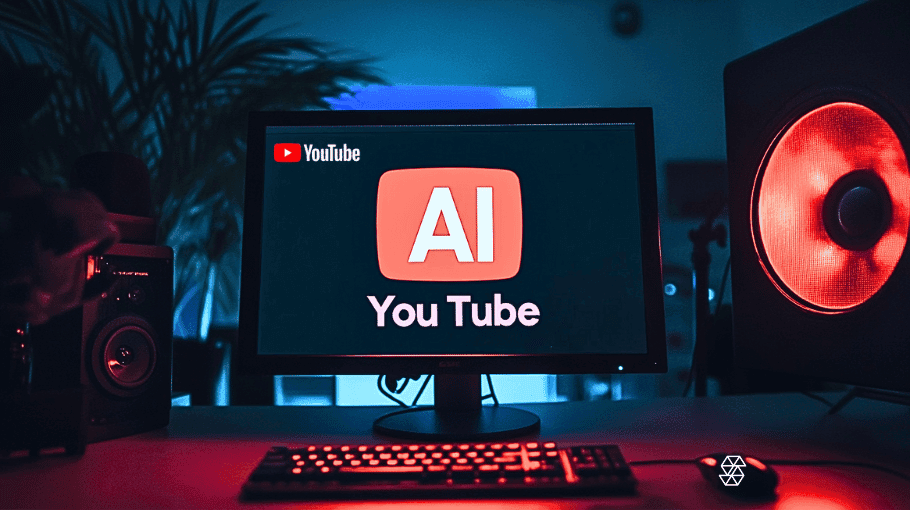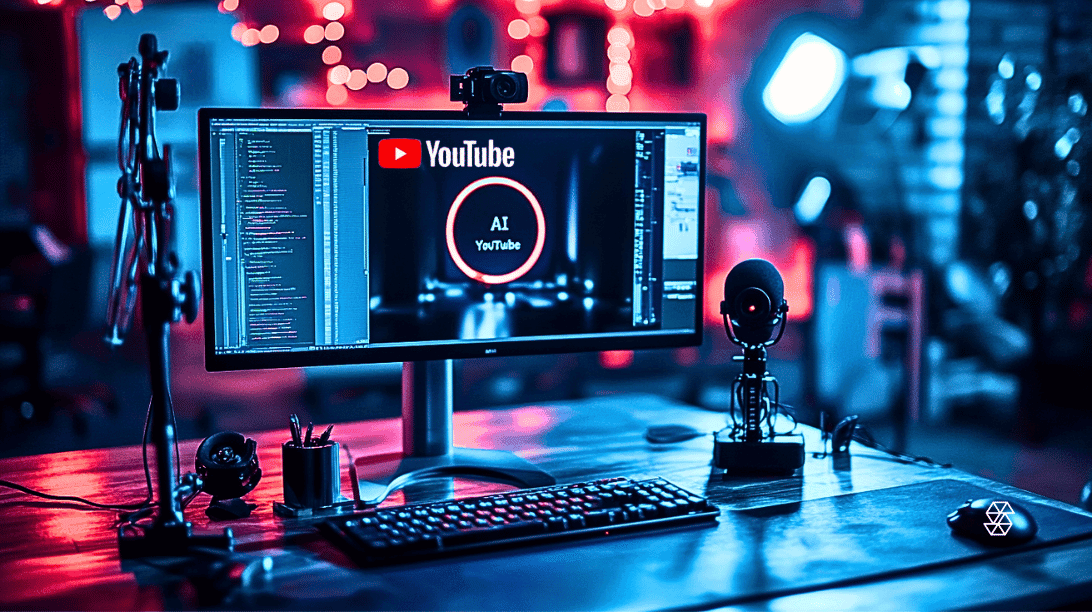What is Voice Cloning and How Does it Work?
In our previous blog, "These Are the Tools Being Used in Hollywood," we delved into the various technologies revolutionizing the entertainment industry. One such groundbreaking technology is voice cloning. This blog aims to explore the fascinating world of voice cloning and its applications in both Hollywood and the music industry.
Voice cloning is a technological marvel that has the potential to redefine how we think about the human voice in entertainment. With advanced voice cloning software, it’s now possible to generate voice clones that are indistinguishable from the original. This has opened up a plethora of opportunities, from bringing back iconic voices to enhancing the creative process in film and music production.
Whether it’s generating voiceovers with an actor’s own voice or using artificial intelligence voice cloning to create entirely new characters, the applications are as endless as they are exciting.
What is Voice Cloning?
Voice cloning is a cutting-edge technology that uses advanced algorithms and speech synthesis to create a digital replica of a person’s voice. This technology relies on voice data collected from various sources to generate a voice clone that can speak any text in a manner almost indistinguishable from the original voice.
The process begins with capturing voice data from the individual whose voice is to be cloned. This data is then fed into specialized voice cloning software, which uses AI voice synthesis techniques to create the voice clone. The result is a digital voice that can be used in various applications, from voiceovers in films to unique characters in video games.
In essence, voice cloning is more than just mimicking someone’s voice; it’s about capturing the nuances, tone, and emotional range that make each voice unique. This makes it an invaluable tool, offering unprecedented flexibility and possibilities in both Hollywood and the music industry.

How Does Voice Cloning Work?
Voice cloning is a fascinating technology that has gained significant attention in recent years. At its core, voice cloning involves capturing voice data to create a synthetic replica of one’s own voice. The process is complex and relies heavily on advanced algorithms and AI voice cloning software.
Capturing Voice Data
The initial and perhaps most crucial step in the voice cloning process is capturing voice data. This isn’t as simple as just recording a few spoken words. To create a voice clone that truly mimics your own voice, the voice cloning software needs a comprehensive set of voice samples. These samples should cover a range of pitches, tones, and speech patterns to capture the full essence of your voice.
High-quality microphones are often used to ensure that the voice data is as authentic as possible. Some advanced voice cloning software may even require specific phrases or sentences to be spoken to better understand the nuances of your voice. Once captured, this voice data serves as the foundational layer upon which the voice clone is built.
Algorithms and AI Voice Cloning Software
After the voice data is meticulously captured, the next step involves the use of sophisticated machine-learning algorithms. These algorithms are the core of AI voice cloning software. They analyze the captured voice data, breaking it down into various components like pitch, tone, and even the speed at which words are spoken.
The algorithms then employ synthesis techniques to replicate these components, aiming to create voice clones that are virtually indistinguishable from the original voice. Some AI voice cloning software goes a step further by adding emotional nuances such as excitement, sadness, or joy, making the voice clone not just a mimic but a lifelike replica of the original voice.
Speech Synthesis
Speech synthesis is more than just converting text to speech; it’s an integral part of the voice cloning process. This technology takes the analyzed voice data and uses it to generate spoken output for new sentences, essentially allowing the clone to "speak" on its own.
Advanced algorithms can do more than just replicate a voice; they can adapt to different accents, intonations, and even languages. This versatility makes the voice clone incredibly useful for a variety of applications, from voiceovers in films to interactive voice response systems in customer service. The creative process is significantly enhanced by the capabilities of speech synthesis, offering endless possibilities for innovation.
Creating Voice Clones
The final, yet most transformative, step in the voice cloning journey is the actual creation of the voice clone. This is where all the previous steps come together in a symphony of technology and innovation. The AI voice cloning software takes the analyzed voice data—complete with its nuances, pitch, and tone—and merges it with advanced synthesis algorithms. This fusion is more than just a technical process; it’s the birth of a new, synthetic voice that can mimic the original voice with astonishing accuracy.

But the capabilities of a clone go beyond mere mimicry. Because the voice clone is built on a foundation of voice synthesis, it can generate entirely new sentences, phrases, or dialogues in the original voice. This opens up a realm of possibilities for various applications. For instance, voice clones can be used for voiceovers in films where the original actor is unavailable, or for dubbing foreign films into different languages while maintaining the emotional nuances of the original performance. The creative process is thus not only preserved but also significantly expanded, thanks to the capabilities of artificial intelligence voice cloning.
This intricate process of creating voice clones is revolutionizing not just the field of voice synthesis but also various industries that rely on voice data, from Hollywood to the music industry and beyond.
Voice Cloning in Hollywood
In the glitzy world of Hollywood, voice cloning is rapidly becoming a game-changing technology. The applications are manifold, from dubbing international films to providing voiceovers for animated characters. But perhaps the most intriguing use of AI voice cloning is in recreating the voices of actors who are no longer with us or are unable to perform. Imagine a sequel to a classic film where the original cast’s voices are preserved through voice cloning, offering a seamless and emotionally resonant experience for the audience.
However, the use of voice cloning in Hollywood isn’t without its ethical dilemmas. Questions around consent and ownership of an actor’s voice data are hot topics. After all, a voice clone can be used in ways the original actor may not have intended or approved of. This makes it imperative for the industry to establish guidelines that respect both the technological innovation and the individual’s rights.
Voice Cloning in Music
The music industry is another arena where voice cloning is making waves. Artists are increasingly turning to AI voice cloning software. Whether it’s to create new songs or modify existing vocals, the technology offers unprecedented flexibility. For instance, an artist could use voice cloning to sing harmonies in their own voice, or even to collaborate posthumously with legends of the past.
Music production is often a complex interplay of melody, lyrics, and emotion. Voice cloning adds another layer to this, allowing for innovative approaches to songwriting and performance. Imagine a live concert where the lead singer’s voice clone performs the harmonies or a studio recording where an artist’s voice is modified to fit different musical styles seamlessly.
Both Hollywood and the music industry are at the cusp of a new era, thanks to the advancements in voice cloning. As the technology continues to evolve, its potential to revolutionize these fields becomes increasingly evident.
Other Applications
Voice cloning isn’t just revolutionizing Hollywood and the music industry; it’s making significant inroads into other sectors as well. In the world of audiobooks, for instance, voice cloning can be used to produce narrations in the author’s own voice, adding an extra layer of authenticity to the listening experience. Virtual assistants, too, are becoming more personalized and relatable thanks to voice cloning technology.
Customer service is another area where voice cloning is proving invaluable. Companies can create voice clones of their best customer service agents to handle routine queries, freeing up human agents to deal with more complex issues. This not only enhances efficiency but also ensures a consistent and pleasant customer experience.

Ethical and Legal Considerations
As with any groundbreaking technology, voice cloning comes with its own set of ethical and legal challenges. The most pressing among these is the issue of consent. Who owns your voice data, and who gets to decide how your voice clone is used? These questions are especially pertinent in industries like Hollywood, where an actor’s voice is an integral part of their identity and craft.
Legal frameworks are still catching up to the rapid advancements in voice cloning technology. As of now, there are no universal guidelines governing the ethical use of voice clones, making it a somewhat murky area to navigate. However, as the technology becomes more widespread, it’s crucial for laws to be put in place that protect individuals’ rights without stifling innovation.
The Transformative Power of Voice Cloning Across Industries
Voice cloning is more than just a technological novelty; it’s a paradigm shift that is redefining the way we interact with sound and voice across multiple industries.
In Hollywood, it’s changing the game for dubbing and voiceovers, allowing for more flexibility and creative freedom. The music industry is also feeling the ripple effects, as artists leverage voice cloning to innovate and expand their creative process. From these entertainment sectors to other applications like audiobooks and customer service, voice cloning is not just the future—it’s the present.
As we continue to unlock its full potential, one thing is clear: Voice cloning is set to revolutionize the way we create, consume, and think about audio content.






